Human Practices
CompBio Academy
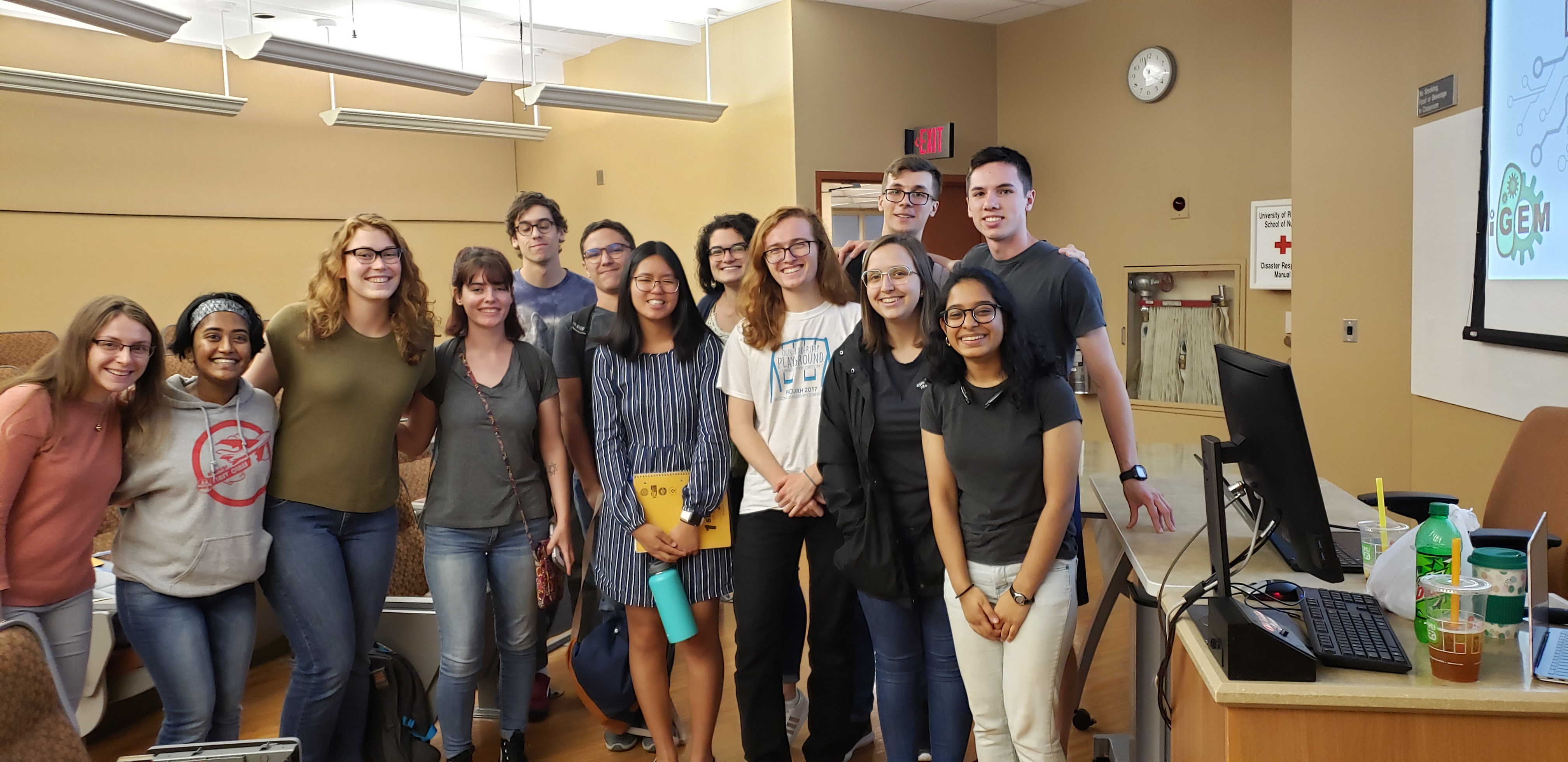
On June 21, 2019, we had the opportunity to speak with the high school and college researchers involved in CompBio Academy. This program, offered through the University of Pittsburgh Medical Center Hillman Cancer Center, give high school and college students the chance to participate in research related to Computational Biology.
Through this module presentation, we were able to spread awareness about the field of synthetic biology, explain our project, and brainstorm possible applications of synthetic biology. We not only challenged these students to think of a practical application of our intein circuits to their own projects, but also challenged them to think of a synthetic biology application to the research that they were conducting.
Camp BioE
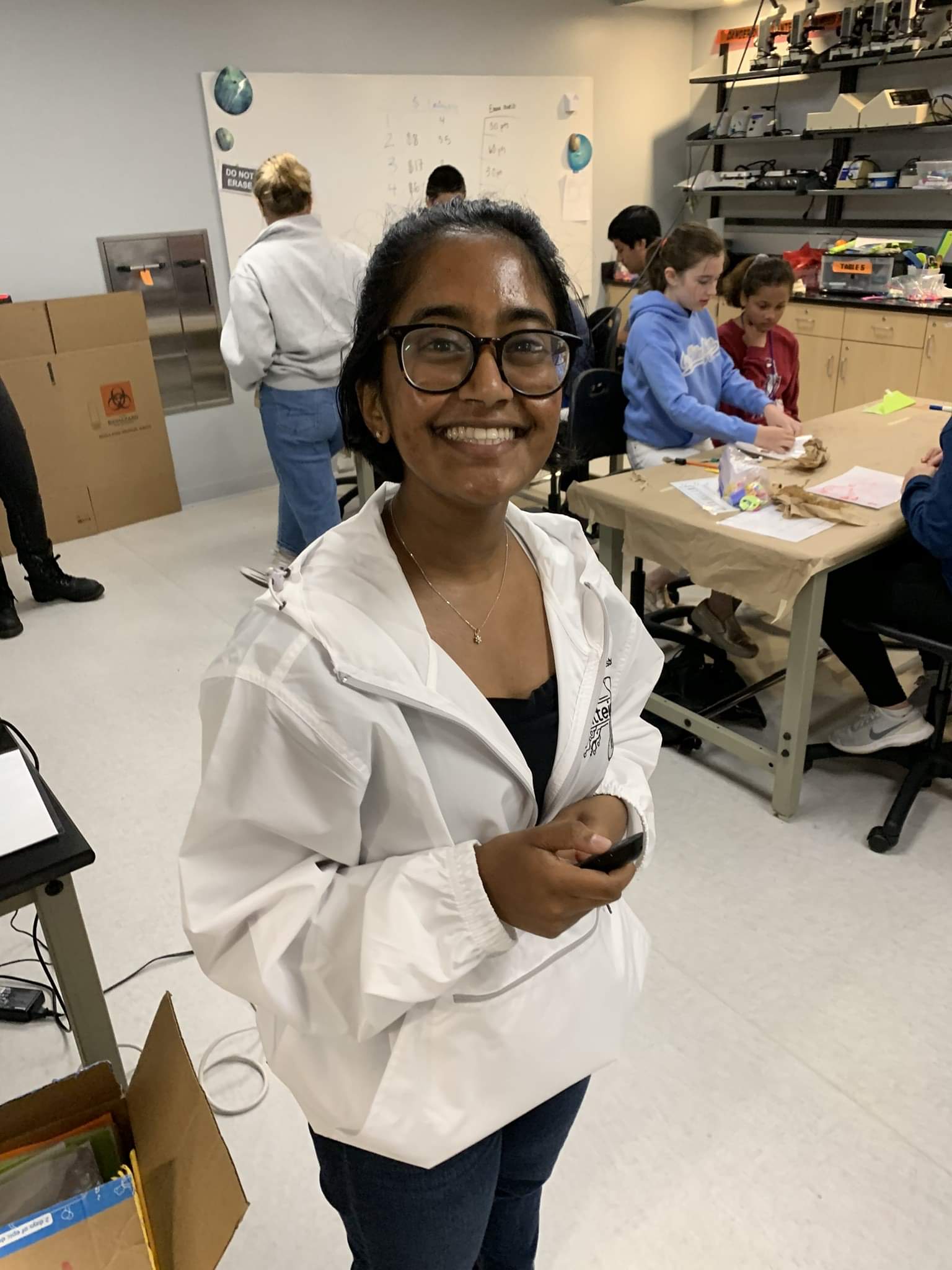

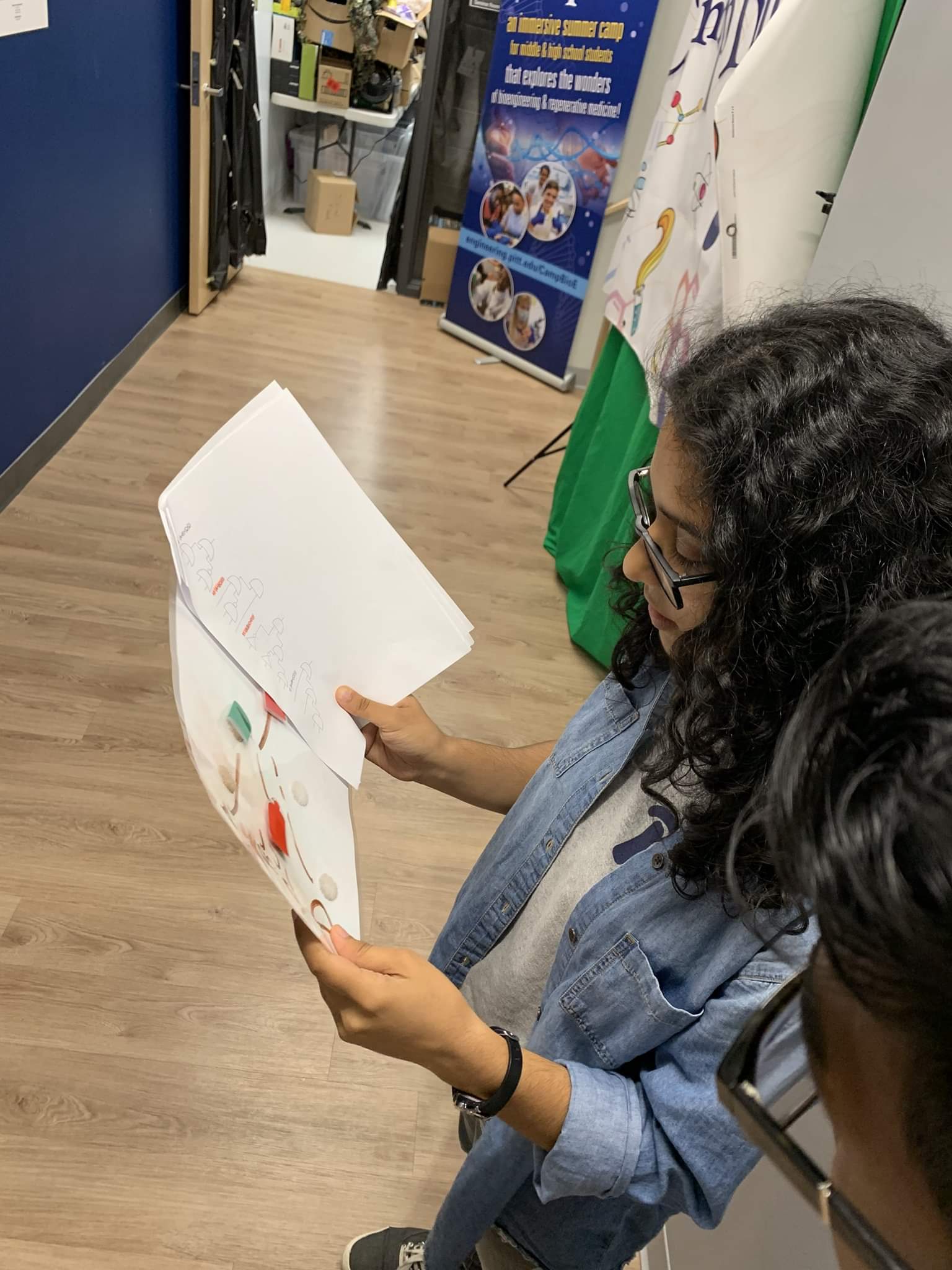
Camp BioE is a week long summer camp offered by the University of Pittsburgh Swanson School for Engineering for 5 sessions throughout the month of July. This program provides Underrepresented Minorities the opportunity to gain hands-on, accessible experience on bioengineering and biotechnology. The 2019 Pittsburgh iGEM team held a module each week for the camps, teaching the students about genetic engineering, synthetic biology, and a brief intro to inteins.
Professor Smith, the coordinator of Camp BioE teaches by the principle of making learning accessible to all students, regardless of background. As a result, we challenged ourselves to make our learning module interactive, engaging, and approachable to students of all backgrounds. We focused on two aspects of synthetic biology: Boolean Logic and protein synthesis, and designed our module around these two themes. We wanted to simultaneously spread awareness about the field of synthetic biology and challenge students to come up with their own synthetic biology ideas to world problems.
Interviews with Religious Organizations
On October 27, 2018, the city of Pittsburgh was rocked by the tragic shooting at the Tree of Life Synagogue. Just two miles away from campus, the effect of this hate crime reverberated throughout our campus. Out of this crime rose the "Stronger Than Hate" campaign, which represented the resistance of the Pittsburgh community to letting that kind of hate challenge the core belief of support and acceptance.
As the 2019 Pittsburgh iGEM team reflected on this offense to our community, we decided to target miscommunication and misunderstanding between scientists and religious organizations. Although these two communities are not mutually exclusive, they are often pitted against one another in society, so we decided to reach across the aisle and cultivate understanding and awareness about synthetic biology in various religious communities in the Pittsburgh area. We reached out to some of the major religious organizations and representatives in the Pittsburgh area to begin that conversation.
Here is a list of organizations we conducted interviews with:
- Rodef Shalom Congregation
- Rev. Dr. Cole-Turner (Pittsburgh Theological Seminary)
- Allegheny Union Baptist Association
- Buddhist Center of Pittsburgh
- Muslim Association of Greater Pittsburgh
Here is a list of questions we asked during these interviews:
- How do you believe your faith addresses genetic engineering/synthetic biology? (this can include anything - from references in scripture to community ideals)
- What do you believe are the limits of genetic modification?
- Do you think your faith influences your attitude towards the idea of genetic modification?
- Do you think the field of synthetic biology is pushing the limits of what is natural/ethical?
- Does the end goal of genetic engineering influence how ethical a study would be considered?
- Do you believe synthetic biology should be regulated?
- How might religion play a role in regulating synthetic biology?
Integrated Human Practices
Dr. Hideo Iwai
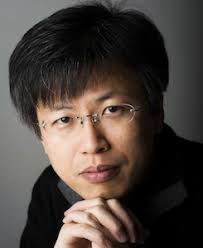
Dr. Iwai is a leading expert in the field of intein research. Many of his papers provided the inspiration for our project and the database that his lab spearheaded was the source of much of the preliminary information about each of the inteins we worked with. Because of this we decided to reach out to him in order for him to provide us with some feedback and suggestions on what we can consider in our project design and experimental setup.
In our conversations with Dr. Iwai, he provided us with some important feedback on our experimental setup and the factors that we would need to take into consideration if we would like our project to be successful. These are the four factors that he told us we should take into account:
1. Orthogonality:
One of the big concerns that Dr. Iwai raised with our project design was the orthogonality of the inteins. He emphasized the fact that despite the fact that many inteins have been found, there are few orthogonal inteins.
This poses an even bigger problem when he considered the fact that we are fusing intein terminals together. Due to the disruption of the crystal structure of the intein, we needed to take care in choosing our splice sites within our intein terminals. This prompted us to consider the possible products we could have if inteins were not orthogonal.
2. Extein dependency
Dr. Iwai emphasized the fact that this factor is often not considered when analyzing splicing reactions of inteins. Interestingly, if the extein sequence is changed to something that is incompatible with the inteins, the splicing reaction might not happen.
This prompted us to carefully consider the extein sequences that we would be using. Since a previous study used "dummy sequences" for the extein, we used these same dummy sequences, consisting of GB1 and gpD.
3. Junction dependency
Although many papers cite the dependency that the intein has on the C+1 residue, which must be conserved in order for successful splicing to occur, Dr. Iwai emphasized the idea that the intein mechanism also relies on the C+2 and N-1 residues. In addition to these residues, the C+3, N-2, and N-3 can affect reaction rates.
Because of this advice, we were prompted to introduce a point mutation in one of our constructs. This construct consists of Npu DnaE In this construct, we used the BLOSUM matrix to analyze how much this substitution would affect the 3D structure of the intein. The point mutation from a V to S had a -2 score on the BLOSUM matrix, indicating that the substitution should not significantly affect the 3D structure of the intein. Introducing this mutation at the C+1 residue allowed us to also preserve the C+2 residue in order to optimize splicing of the intein.
4. Splicing efficiency
The last factor that Dr. Iwai mentioned was splicing efficiency. He emphasized the idea that in order for us to decide if the reaction works, we need to determine the threshold for efficiency. He pointed out that a different threshold for efficiency will validate or reject if our part actually worked.
Dr. Henning Mootz
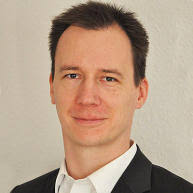
Dr. Henning Mootz is also a leading expert on inteins and many of his papers also contributed to our project design. Our conversation with Dr. Mootz inquired about the significance of the C+2 extein residue and the effects of mutations in this position on the kinetics of the reaction.
Dr. Mootz gave insight into the junction dependency. He essentially emphasized the fact that the mechanism of flanking sequence dependency is not well understood, but they are known to display important interactions with the splicing mechanism.
Dr. Seth Horne
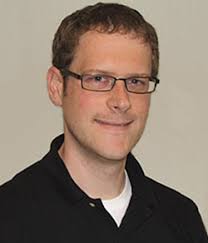
Our conversations with Dr. Horne came as a result of the issues we were having with protein purification. During our purifications we noticed that some of our constructs were stuck in the pellet and unable to be successfully purified due to suspected issues with inclusion bodies. Since Dr. Horne has an immense amount of experience in purification, we wanted to inquire about the feasibility of one of our options.
Our two main options consisted of including maltose binding protein on our fusion proteins and purifying under denaturing conditions. Since adding maltose binding protein would require redoing Gibson Assembly, we wanted to ask about the feasibility of purification under denaturing conditions.
Dr. Horne gave us feedback in saying that protein refolding can be a tricky process and is not guaranteed to work, but could be a solution to the issue of solubility. After considering our conversation with Dr. Iwai about the importance of intein secondary structure, we decided to include maltose binding protein in our constructs instead of purification by denaturation.
Social Science Experts
Dr. Cheryl Telmer
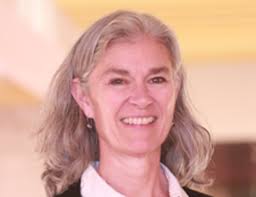
Although Dr. Telmer specializes in research in biology, she has quite a bit of experience with social science research. In order to improve our survey questions for the religious organizations, we sent the survey questions to Dr. Telmer for feedback on how we can reduce bias in our questions and ensure that the preliminary form we were sending out would be adequate. She directly made edits to our form introduction and questions in order to warrant accurate responses from people.
She suggested a change in our initial introduction from the phrase "faith is a crossroads with synthetic biology" to the phrase "explore the opinions of individuals who identify with various religions towards synthetic biology". These changes not only significantly improved our survey, but also made us consider the language we would be using during face-to-face interviews.
Dr. Kate Turton & Dr. Jamie Parkin & Dr. Sophia Abbasi
Dr. Kate Turton, Council Communications Lead, Dr. Jamie Parkin, Strategy and Policy Manager, and Dr. Sophia Abbasi, Head of Policy at UK Research and Innovation
A great deal of inspiration for our religious organization outreach came from the 2010 UKRI-BBSRC, UKRI-EPSRC, and Sciencewise Public Dialogue on understanding diverse perspectives on the regulation of synthetic biology. Dr. Turton, Dr. Parkin, and Dr. Abbasi were involved with this public dialogue through BBSRC funding. They each provided information on the previous work that BBSRC funding has done in order to best guide our approach and design to these interviews with religious organizations. They also provided us with resources to academic researchers that have been previously involved in this kind of research whose work could provide us some more insight into engaging in these conversations.
Education Experts:
Professor Juel Smith, Associate Professor at Community College of Allegheny County
Professor Juel Smith was the head of Camp Mentoring and Education Specialist at Camp BioE. Since the 2019 Pittsburgh iGEM team did not have experience working with kids, especially kids from underprivileged backgrounds, our initial presentation of our synthetic biology education module did not go as planned. Through weekly meetings, she presented us with feedback from the students to improve our games and educational approach. Initially, we were unable to engage the students and our games ended up being too complex for students in middle school to enjoy. By improving the design of our module (spending less time lecturing and more time interacting with the students) we were able to improve every week, until we had perfected our module by the last couple of weeks. Professor Smith's valuable feedback provided us with the critique we needed to fulfill the idea of accessible education to everyone.
Religious Organization Report:
The conversations we had with various religious organizations on their viewpoints on synthetic biology provides important insights into the ethical considerations that should be taken into account. By interviewing a variety of religious organizations from different parts of the world, we were able to gain some insight into how religious background affects views on (1) interpretations of religious scripture in relation to genetic engineering (2) attitude towards genetic engineering and synthetic biology, and (3) what restrictions should be placed on synthetic biologists. This data provides some preliminary insights into the differing viewpoints between various religious organizations.
A full report on our findings can be found here.
